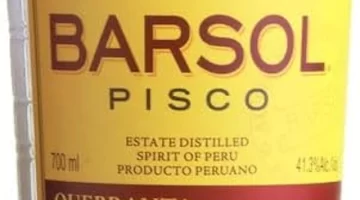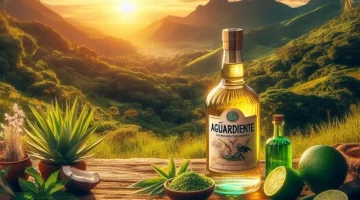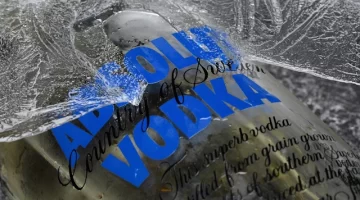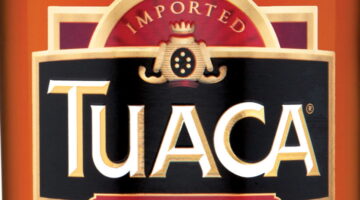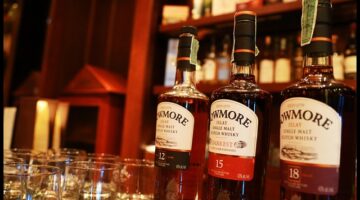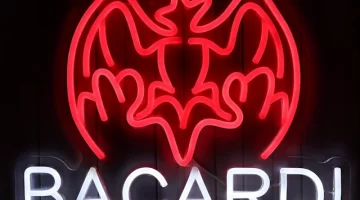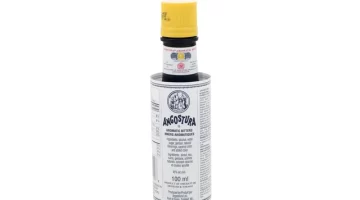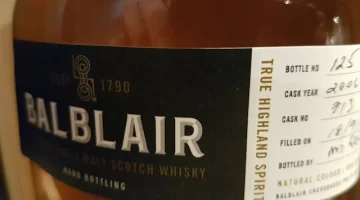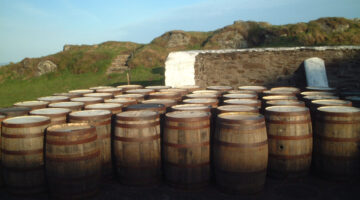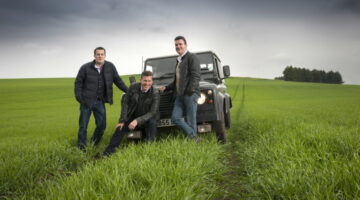London Gin Masterclass
Travel Distilled Samples Six Gins in a Gin Masterclass at The Trading House in London.
Sometimes it seems you can’t move in London these days without stumbling upon – or out of – a new gin bar, a gin-tasting tour, a new gin distillery or a gin masterclass. Gin is definitely in, and with the whole world of gin booming, from Alaska to Australia, it can be hard to know where to begin. A gin masterclass seemed a good idea, so I went along to The Trading House on Gresham Street in London, which already offers beer and cocktail masterclasses, to see if I could pick up a few gintastic tips. (Sorry, gin puns are very much in, as well).

London Gin Masterclass
The gin masterclass was in a private bar above the main bar and restaurant at The Trading House, where bartender Diego greets guests with a G&T, of course, while setting up his table in front of the bar. We pull up chairs and gather round like eager schoolkids, although school was never this much fun. On the table Diego has set out jars containing the various botanicals commonly used in gins.

‘We’re going to try six different gins,’ he tells us, ‘and there they are on the bar behind me: Tanqueray, Langley’s No.8, Thomas Dakin, Gin Mare, Hendrick’s and Brockmans. But first I want you to pass round this jar of juniper berries, the prime ingredient of gin. If juniper isn’t the main ingredient, you can’t call it gin. Take a sniff but I don’t recommend eating one. They don’t taste good, until you turn them into gin.’
Despite the warning, a few people can’t resist chewing on a berry, with sour-faced results.
Diego laughs: ‘I told you not to eat them!’

Before the first gin sample, Diego gives us a brief history of gin. The original gin was the Dutch genever, from which we get both the name gin and the expression ‘Dutch courage’, as Dutch soldiers would take a nip of genever before going into battle. Gin came to England in the early 17th century, though it was sometimes flavoured with turpentine instead of juniper. Not so good.
‘The first gin we’re going to try is Tanqueray, and I’ve chosen this because it’s a typical traditional gin. It’s what you expect gin to taste like.’
Diego poured a shot into our waiting glasses, asking everyone to first sniff the gin before tasting it. What botanicals did we get?

‘This is a traditional gin, heavy on the juniper, with nutmeg and cinnamon’, Diego explains, passing around those ingredients for us to sniff, and see what we could detect in the gin.
‘Now take a small sip and see if the taste matches the smell. Leave some of the gin so we can try it with a splash of tonic as well.’
Tanqueray is a little too harsh and juniper-heavy for most people, though all the time we’re sniffing and tasting Diego keeps us entertained with histories of the various brands and information about the gin.
‘Like several gins, Tanqueray has a secret recipe which no-one outside the company knows, though we do know it has coriander, angelica root and liquorice. Now here’s some water to rinse out your glasses and we’ll go on to the next gin.’
The next gin is Langley’s No. 8, and Diego explains the reason behind the name. To create the flavour profile they wanted, the company first made 50 different gins, which they narrowed down to 12, and it was the 8th on the list that was chosen. It also, coincidentally, had 8 botanicals in it.

‘Can anyone smell nutmeg,’ Diego asks. ‘No, me neither, but that’s one of the botanicals. It’s a much smoother gin than Tanqueray, I think you’ll agree. It has a very smooth finish. For the tonic I’d suggest Fever-Tree’s Mediterranean Tonic. The tonic you use makes all the difference to your gin, and Fever-Tree has become the industry standard. We used to stock a few dozen different tonics in the bar but now we find the range of Fever-Tree tonics covers everything we need.’

And so we taste on, and it’s hardly surprising the evening gets better as people laugh and joke, but also learn about the very different gins that are out there.
Next up is Thomas Dakin, an important gin-maker from Warrington in the 18th century, and his daughter-in-law Margaret became the first female distiller in the world. It’s now owned by Greenalls, who also have a female Master Distiller in Joanne Moore. She created a gin to honour Thomas Dakin, using only ingredients that were available at the time. It’s a fascinating story, though someone thinks it tastes of soap.
‘Someone said that if green had a smell, it would smell like this,’ Diego tells us. ‘And the main botanical, after juniper, is… horse radish!’
Opinions are mixed on whether horse radish makes good gin, and Diego reassures us that there are no right and wrong answers when it comes to tasting gin as everyone’s tastes and preferences are different. However, we do all seem to be agreed on the best gin of the evening: Gin Mare.
‘This is made in Spain, just outside Barcelona, and they use Mediterranean botanicals such as Greek thyme and Italian basil. They also grow their own juniper. There are even Spanish olives in it. Everything is macerated for 24 hours before distillation.’

Photo (c) Gin Mare. All Other Photos (c) Mike Gerrard
Everyone loves the gin, and several people want to sip it rather than dilute it with tonic. Diego says it also makes a terrific gin martini: vermouth, lemon bitters, and stir it with a sprig of rosemary.
The Hendrick’s gin has cucumber and rose petals added towards the end, the result being light and floral, and even more so when mixed at Diego’s suggestion with Fever-Tree Elderflower Tonic. Now that’s a great G&T!
The final gin is Brockman’s, which to me smells and tastes peachy, though the sweetness and fruitiness is from the blueberries and blackberries that are in there.
‘Their aim was to produce a gin like no other,’ says Diego, ‘and I think they’ve accomplished that goal. It has a very smooth finish.’
It also brought a smooth finish to our gin masterclass, and was a long way from where we started with Tanqueray. Everyone may have toddled out a bit tiddly, but certainly better informed about gin.
London Gin Masterclass
Gin masterclasses at The Trading House cost £25 per person for groups of from 6-12 people. The price includes tastes of the six premium gins mentioned, with and without tonic, and with the recommended garnish. Details at:
thetradinghouse.uk.com
The Trading House is part of the New World Trading Company and gin masterclasses are also available at their other properties: The Oast House (Manchester), The Botanist (Alderley Edge, Birmingham, Chester, Leeds, Manchester, Newcastle, Marlow, Farnham, Knutsford, Sheffield, Reading and York) and The Smugglers Cove and The Club House (both in Liverpool).
Explore the world of gin at Caskers.
London Gin Masterclass
Gin masterclasses at The Trading House cost £25 per person for groups of from 6-12 people. The price includes tastes of the six premium gins mentioned, with and without tonic, and with the recommended garnish. Details at:
thetradinghouse.uk.com
The Trading House is part of the New World Trading Company and gin masterclasses are also available at their other properties: The Oast House (Manchester), The Botanist (Alderley Edge, Birmingham, Chester, Leeds, Manchester, Newcastle, Marlow, Farnham, Knutsford, Sheffield, Reading and York) and The Smugglers Cove and The Club House (both in Liverpool).
Explore the world of gin at Caskers.
